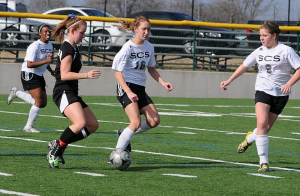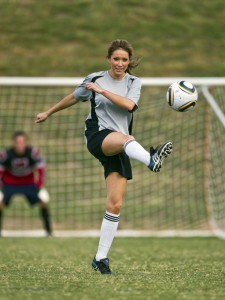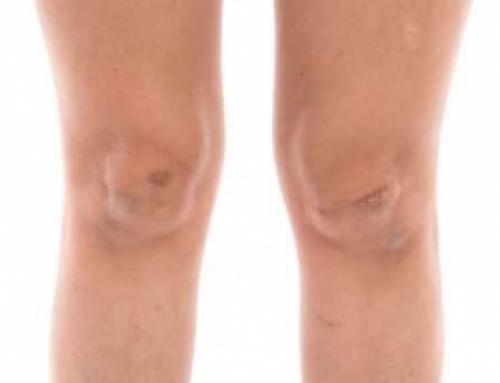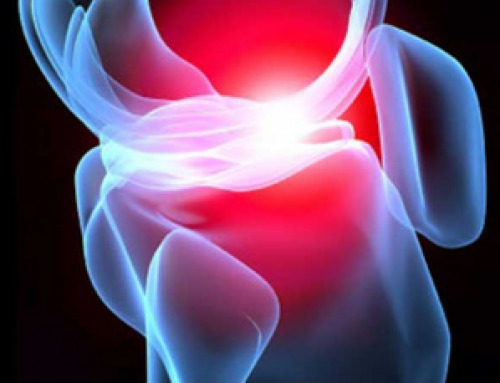As women’s participation in sports has increased, so has the number of injuries among female athletes. Knee injuries are of particular importance: they are the most common cause of permanent disability in female high school basketball players, and account for 91 percent of season-ending injuries and 94 percent of injuries that need surgery.
It is estimated that in the United States alone, up to 80,000 female high school athletes suffer anterior cruciate ligament (ACL) injuries annually, with majority of these occurring in soccer and  basketball. ACL injuries are more common in sports that require rapid changes in direction. Less than a third of all ACL injuries are from physical trauma; most are via non-contact mechanisms, such as poor landing from jumps, sudden changes in direction, and rapid deceleration.
basketball. ACL injuries are more common in sports that require rapid changes in direction. Less than a third of all ACL injuries are from physical trauma; most are via non-contact mechanisms, such as poor landing from jumps, sudden changes in direction, and rapid deceleration.
Female athletes are four to six times more likely than male athletes to suffer ACL injuries. By the age of 14 years, girls have ACL injuries at a rate five times higher than boys. This can be due to the following reasons:
Anatomic Differences
The intercondylar notch of the knee joint lies between the femoral condyles, which are the two rounded ends of the femur (thigh bone). The ACL is found within the intercondylar notch. It connects the femur to the tibia (shin bone), providing stability to the knee by stabilizing the forward movement and the inward rotation of the joint. This intercondylar notch is narrower in women than in men, leading to increased risk of damage from the femoral condyles.
Women also have a wider pelvis than men. This leads to an increase in the quadriceps angle (Q angle) which is the angle at which the femur meets the tibia. The increased Q angle leads to a greater concentration of force on the knee, particularly during twisting movements. Movements that would cause a stretching in a man’s ACL can potentially cause a complete ACL tear in women.
Hormonal Differences
 Due to estrogen and progesterone, the muscles, ligaments, and tendons of females are more flexible and loose than those of men. This looseness leads to excessive joint motion, causing greater stress on the ACL because of the weakened stability. Hormone levels have also been shown to affect the stability of the knee; increased risk of ACL injury occurs at specific points within the menstrual cycle.
Due to estrogen and progesterone, the muscles, ligaments, and tendons of females are more flexible and loose than those of men. This looseness leads to excessive joint motion, causing greater stress on the ACL because of the weakened stability. Hormone levels have also been shown to affect the stability of the knee; increased risk of ACL injury occurs at specific points within the menstrual cycle.
Weaker Muscle Strength
Women have less muscle strength in proportion to bone size, and have been noted to have a smaller quadriceps to hamstring strength ratio. Thus, their muscles for stabilizing the knee are not as developed. This leads to greater stress on the ACL, increasing the risk of tears.
Conditioning
It is theorized that since male athletes are more likely to participate in high-risk sports at an earlier age than their female counterparts are, they are better able to develop muscle coordination and reflexes to protect the knee during sports. This has been demonstrated in studies that show that muscle reflexes in knee stabilizing muscles are slightly slower in females than in males.





